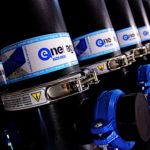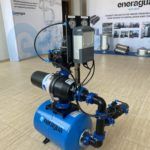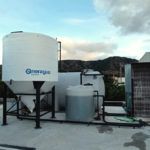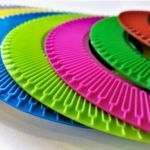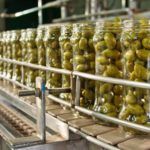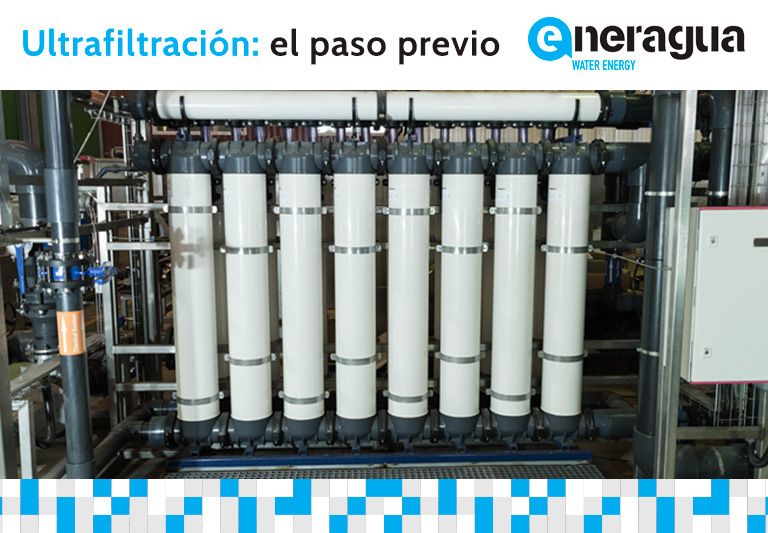
If last month we told you about the process of reverse osmosis, its virtues, and characteristics, this time we want to talk to you about ultrafiltration. It is a process often used as a preliminary or pretreatment step for wastewater that will undergo reverse osmosis later on, as a measure to achieve a higher level of purification. Let’s learn more about this method.
Effective and Economical Pretreatment
Ultrafiltration is a membrane filtration process to produce pure water with a low content of dissolved solids (TDS), separating the suspension of bacteria, viruses, endotoxins, and other contaminants from the liquid mass.
The membranes used in ultrafiltration support less pressure than those of reverse osmosis (a more expensive and demanding process), so they cannot retain solids below 0.1 microns (μm) in size. Therefore, this technique is used as a first step to later apply thorough purification through reverse osmosis.
We could say that, due to its characteristics and the degree of openness of its membranes, it is between microfiltration and techniques like nanofiltration and reverse osmosis.
It is also considered an effective and economical treatment because its process includes a membrane backwashing phase, which prolongs its useful life. Moreover, being subjected to lower pressures also makes them more durable.
Types of Ultrafiltration Membranes
Depending on the geometry of the membranes used in ultrafiltration, we can find:
- Spiral Module: Several layers of membranes around a tube. It increases the filtration surface, but they are usually more sensitive to pollution.
- Tubular Membrane: Used for viscous and low-quality liquids. The solution passes through the core of the membrane, and the filtered water is stored in tubular boxes. This system has a higher installation cost.
- Hollow Fiber Membrane: Composed of several tubes or fibers of small diameter. The solution flows, is filtered, and is stored in cartridges surrounding the fibers.
- Ceramic: Mainly made with tabular alumina and silicon carbide at high temperatures. They are usually tubular and composed of a different number of channels that pass through them. They are used in wastewater with a high pollutant load and are characterized by high chemical resistance, mechanical strength, thermal stability, and durability.
Applications and Advantages
As a general rule, this water purification pretreatment is used for waters that require a high level of quality.
Some of its most common applications are in well and surface water potabilization processes, water reuse, and recovery processes in the food industry.
Although we have already listed some of them throughout this article, its main advantages over other techniques are:
- Efficient removal of contaminants.
- Higher quality and continuous filtration.
- It is an economical process since its mechanism is compact and takes up little space.
- Easy handling and straightforward automation.
- Low consumption of chemicals.
With all this, we hope to have resolved any doubts you may have had and taught you something about the ultrafiltration of wastewater. At Eneragua, we are committed to water purification, the economy of water resources, and the conservation and use of energy to carry out efficient and environmentally friendly processes. Ultrafiltration fulfills all these principles; that’s why we have it incorporated into our services.
Principio del formulario

